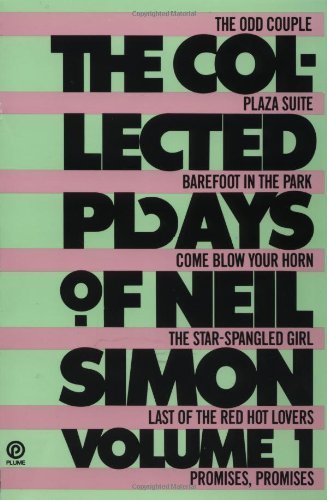What do you think?
Rate this book


Paperback
First published January 1, 1979
Felix: “That’s not spaghetti, it’s linguine.”
(Oscar hurls the plate of pasta against the wall of the kitchen.)
Oscar: “Now it’s garbage.”
Norman (smitten): “What could I do for her that’s very small and very personal?”
Andy: “How about brushing your teeth?”
(Norman checks his breath against his hand, recoils, and shrugs: clearly, it's an idea worth considering.)
The Odd Couple - *** and a half
Come Blow Your Horn - *** and a half